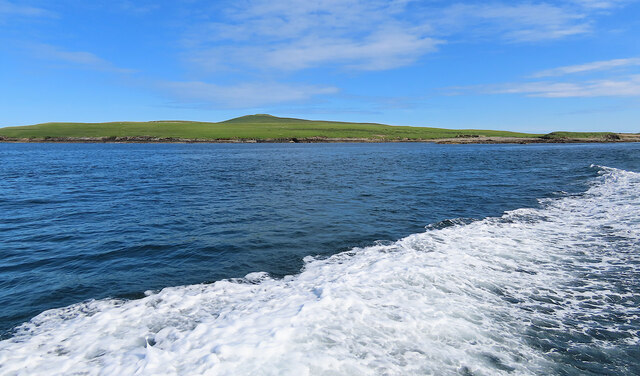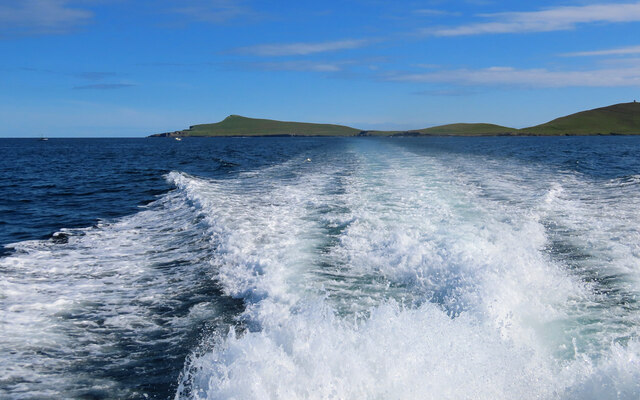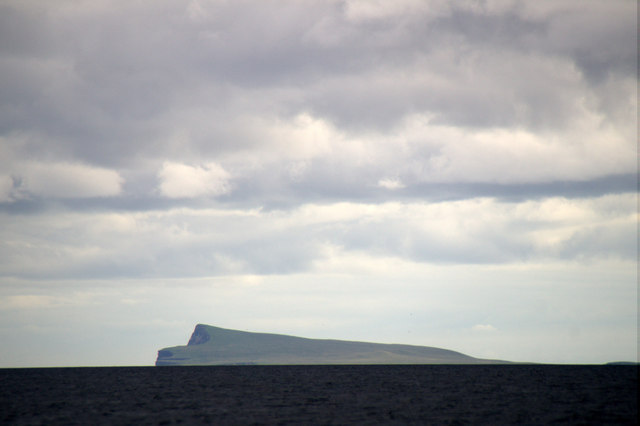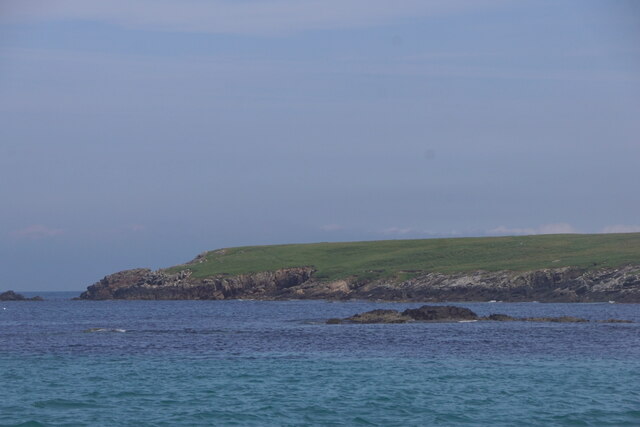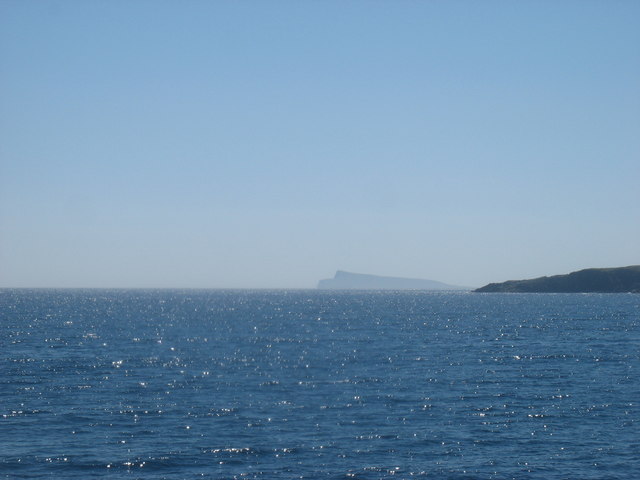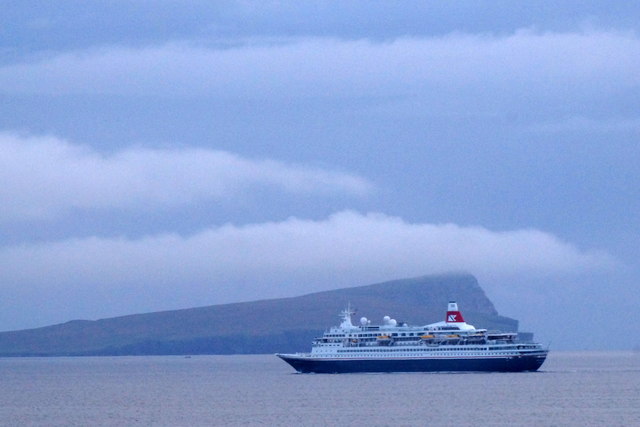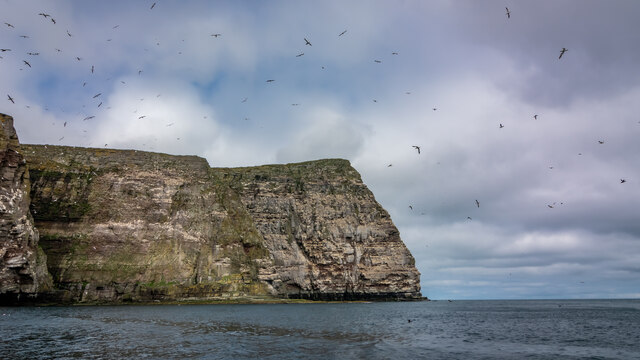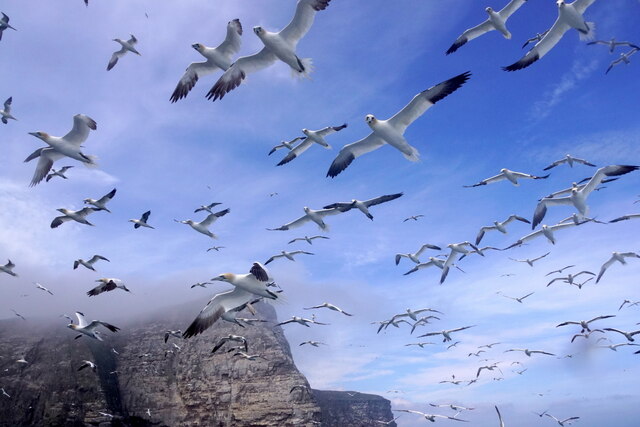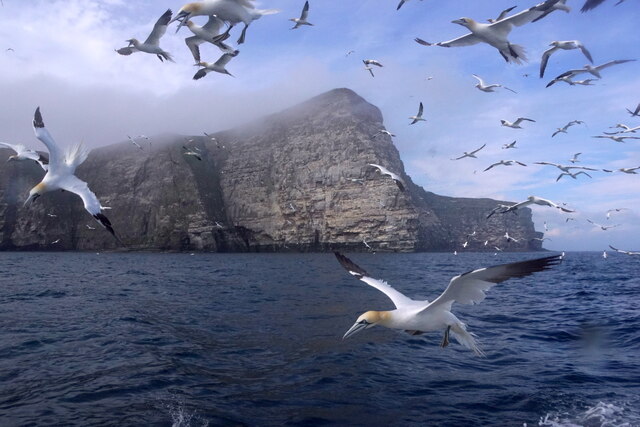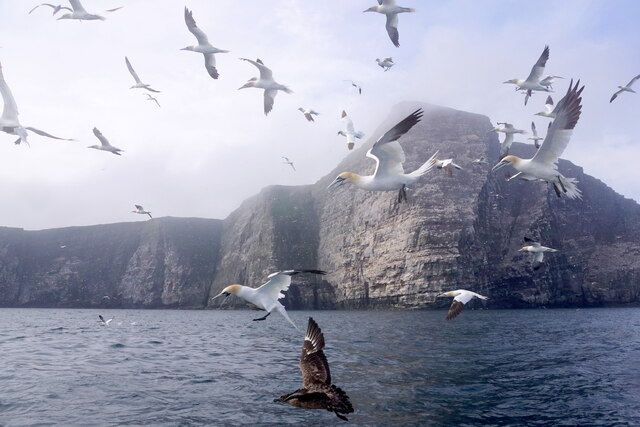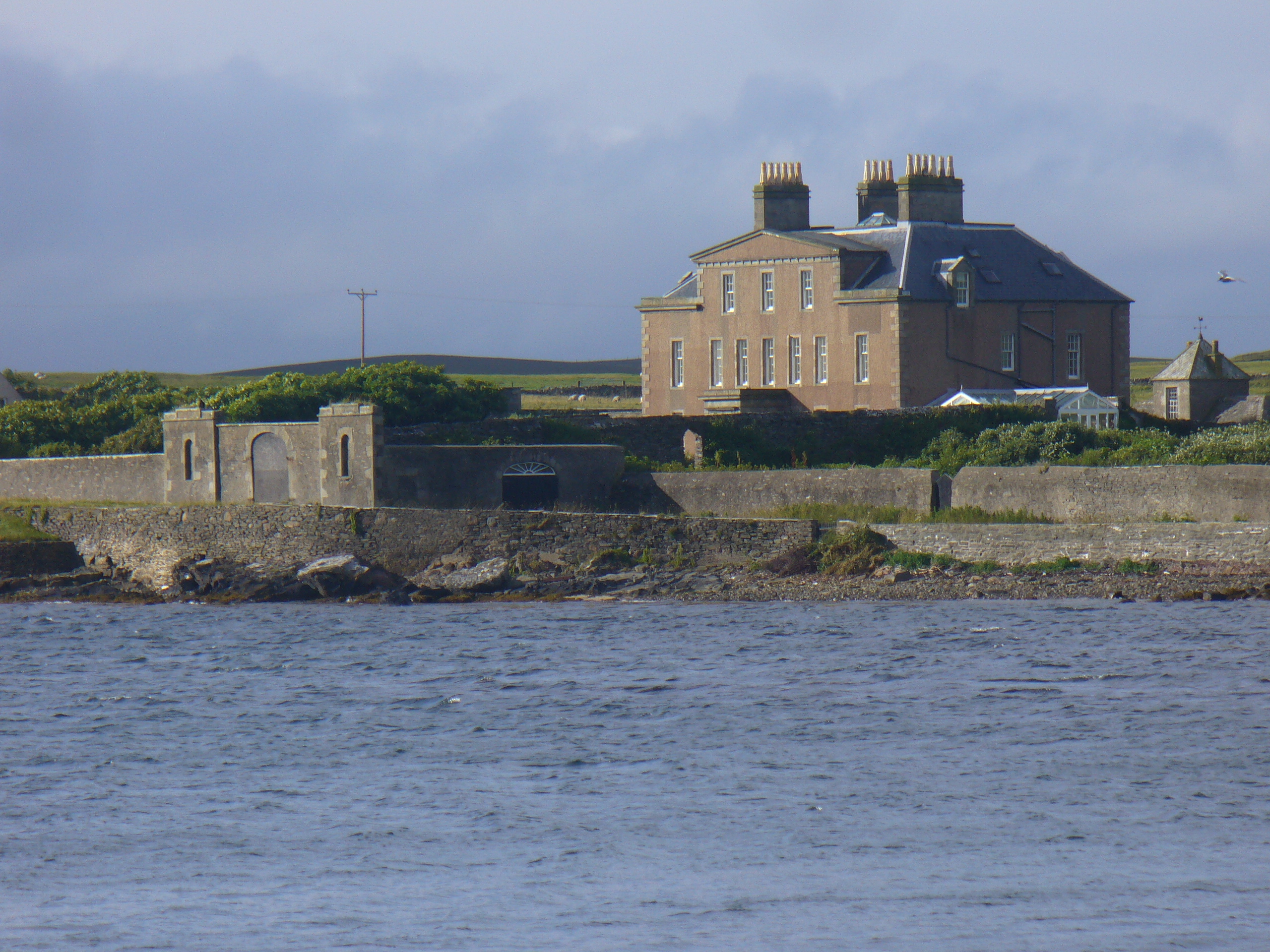Da Peerie Pund
Coastal Feature, Headland, Point in Shetland
Scotland
Da Peerie Pund
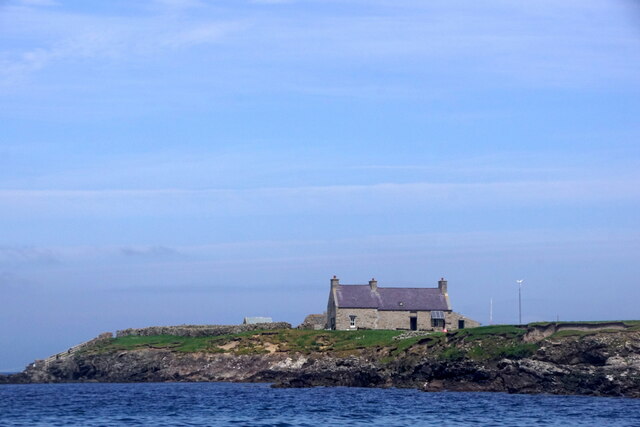
Da Peerie Pund is a prominent coastal feature located in the Shetland Islands, an archipelago in Scotland. It is situated on the southwestern coast of the main island, just south of the village of Scalloway. Da Peerie Pund is classified as a headland or point due to its distinctive shape and geographical characteristics.
Rising approximately 30 meters above sea level, Da Peerie Pund offers stunning panoramic views of the surrounding coastline and the North Sea. Its cliffs are composed of rugged rocks, mainly consisting of sandstone and shale, which have been shaped by years of erosion from the powerful ocean waves.
The name "Da Peerie Pund" is derived from the Shetland dialect, with "pund" meaning a small headland. This name accurately describes the feature's size and prominent position along the coast. The headland is relatively small, extending only a few hundred meters from the mainland, but it stands out due to its distinctive shape and steep cliffs.
Da Peerie Pund is a popular destination for nature enthusiasts, hikers, and photographers. Its dramatic cliffs provide nesting sites for seabirds such as guillemots, fulmars, and puffins, making it a haven for birdwatching. The headland is also home to a variety of plant species, including heather and wildflowers, which add to its natural beauty.
Visitors can access Da Peerie Pund via a well-maintained footpath that leads from Scalloway. The path offers breathtaking views along the way, and once at the headland, visitors can explore its rugged terrain, take in the stunning vistas, or simply enjoy the tranquility of this picturesque coastal feature.
If you have any feedback on the listing, please let us know in the comments section below.
Da Peerie Pund Images
Images are sourced within 2km of 60.151215/-1.0109222 or Grid Reference HU5541. Thanks to Geograph Open Source API. All images are credited.
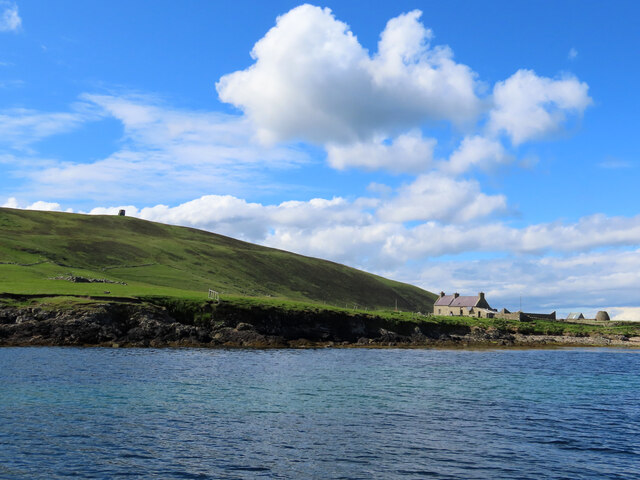
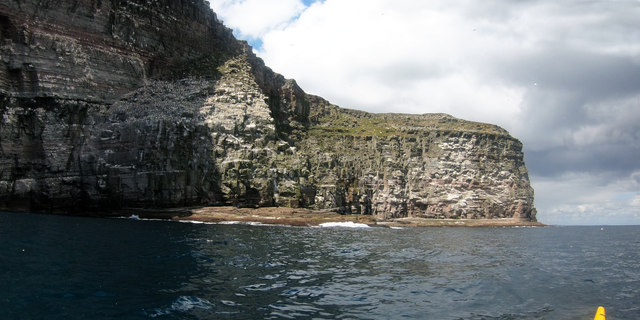
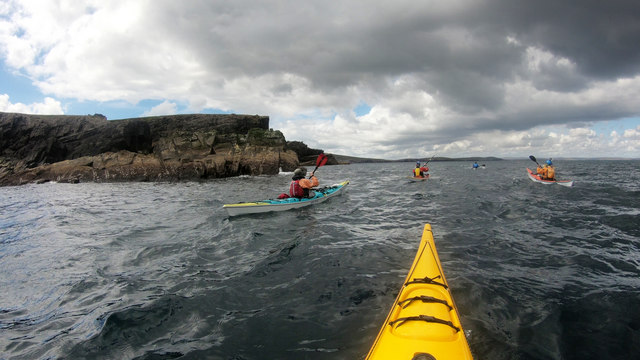
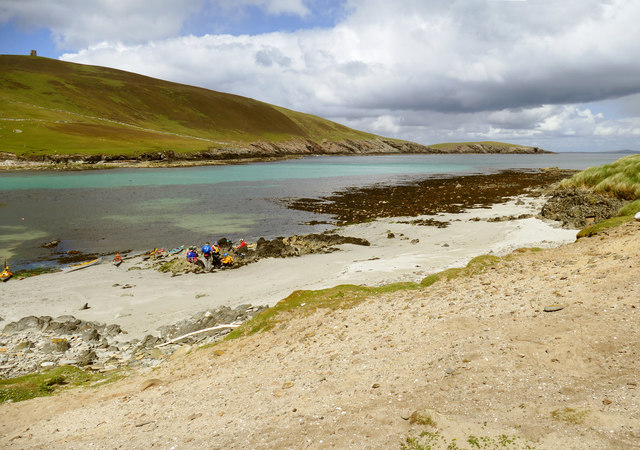
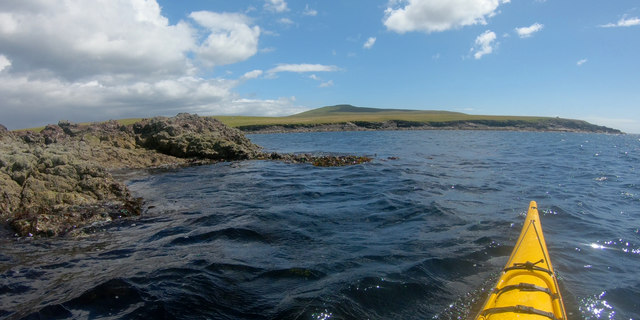
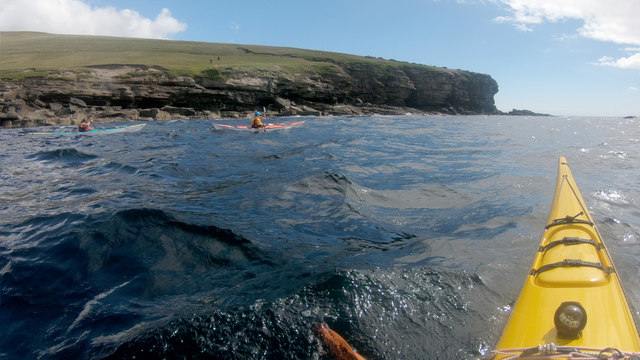
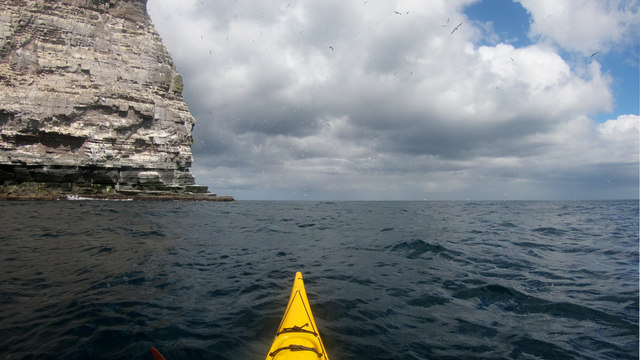
Da Peerie Pund is located at Grid Ref: HU5541 (Lat: 60.151215, Lng: -1.0109222)
Unitary Authority: Shetland Islands
Police Authority: Highlands and Islands
What 3 Words
///glue.makeovers.chuckle. Near Lerwick, Shetland Islands
Related Wikis
Isle of Noss
The Isle of Noss or Noss (Scots: Noss) is a small, previously inhabited island in Shetland, Scotland. Noss is separated from the island of Bressay by the...
Holm of Noss
The Holm of Noss or Cradle Holm is an uninhabited islet of the Shetland Islands. It is about 48m at its highest point. == Geography and geology == It is...
Broch of Cullingsburgh
The Broch of Cullingsburgh is an Iron Age broch located in the Shetland islands. == Location == Located on Bressay, off the east coast of mainland Shetland...
Voe of Cullingsburgh
Voe of Cullingsburgh is a large sea loch off the Shetland island of Bressay, voe meaning "sea inlet" in Shetland dialect. The local spelling of the name...
Bressay
Bressay (Scots: Bressa) is a populated island in the Shetland archipelago of Scotland. == Geography and geology == Bressay lies due south of Whalsay, west...
Bressay transmitting station
Bressay transmitting station is a broadcasting transmission facility for the Shetland Islands, located on the isle of Bressay, owned and operated by Arqiva...
Gardie House
Gardie House is an 18th-century estate house on Bressay in Shetland, Scotland. Located opposite Lerwick, across the Bressay Sound, Gardie is described...
Lerwick and Bressay Parish Church
Lerwick and Bressay Parish Church is the largest Church of Scotland congregation in Shetland, serving the islands' capital Lerwick and the surrounding...
Have you been to Da Peerie Pund?
Leave your review of Da Peerie Pund below (or comments, questions and feedback).
